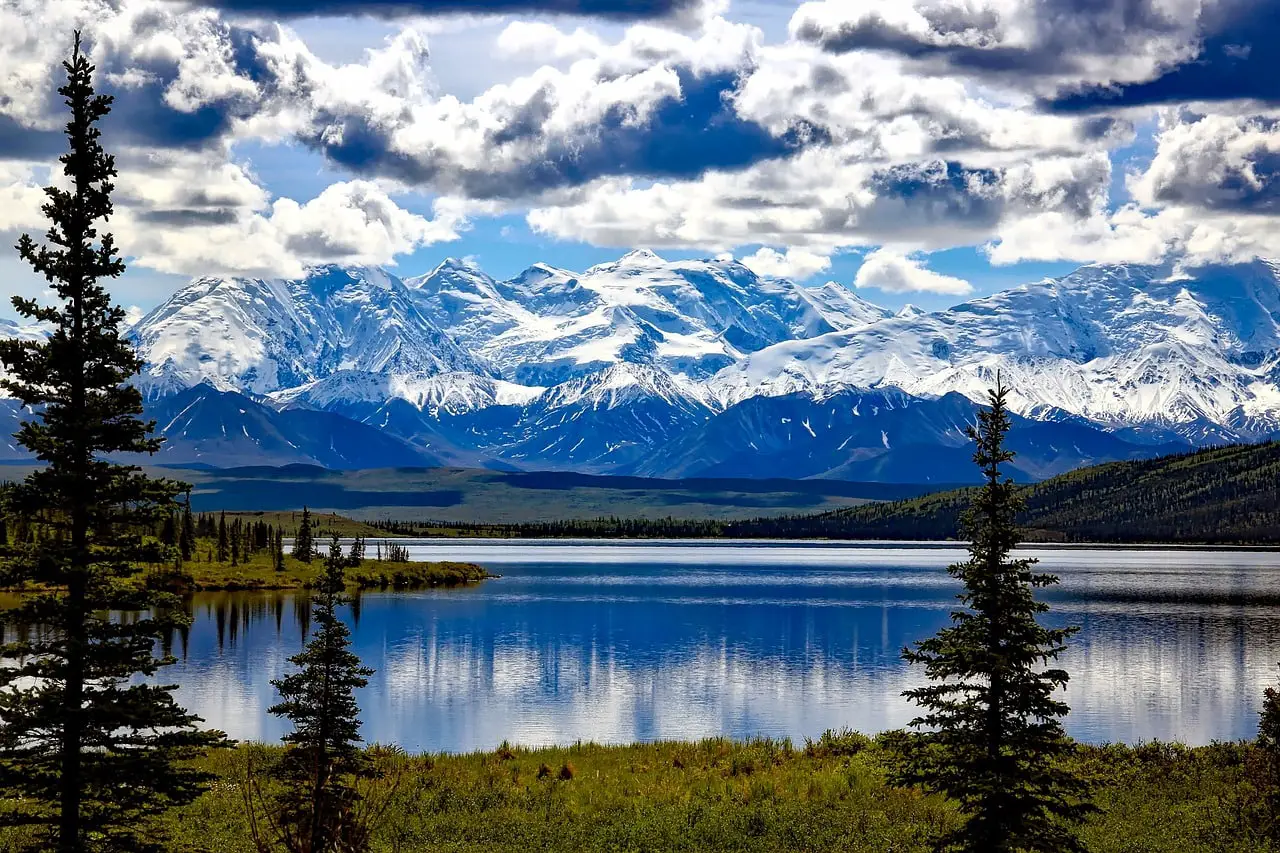Nestled in the rugged wilderness of Alaska, the Kusilvak Census Area presents a unique opportunity for those seeking a self-sufficient lifestyle off the grid. This comprehensive guide aims to explore the legal considerations, county-specific information, and essential aspects such as food, water, climate, and power generation. Drawing comparisons with neighboring counties, we delve into the distinctive challenges and rewards of off-grid living in this remote Last Frontier.
If you want to live off the grid in Alaska then you will need a reliable bear spray, my personal recommendation is to use one that is effective against all types of bears Click here to check it out on Amazon.com
Legal Considerations
Before embarking on an off-grid lifestyle in Kusilvak, understanding the legal landscape is crucial. The county adheres to Alaska state regulations, which generally allow for off-grid living with certain restrictions. Zoning laws may vary, but it is essential to acquire the necessary permits for building and land use. Exploring the Kusilvak Census Area’s legal framework ensures a smooth transition into a self-sufficient lifestyle.
Read more: Off Grid Living In Alaska ( The Last Frontier )
County-Specific Information
Kusilvak Census Area, with its vast wilderness and sparse population, offers a unique canvas for off-grid living. Covering an area of over 19,000 square miles, the county is home to several small communities, including Emmonak, Alakanuk, and Chevak. The residents of these remote villages share a common bond with nature, relying on traditional practices and sustainable living to thrive in this challenging environment.
Read more: Off Grid Living In Hoonah–Angoon Census Area ( Alaska )
Essential Aspects of Off-Grid Living
Food: Locals in Kusilvak embrace a subsistence lifestyle, relying on hunting, fishing, and gathering to sustain themselves. With an abundance of wildlife and fisheries, residents harvest moose, caribou, salmon, and berries to stock their pantries and freezers.
Water: Access to clean water is a priority in off-grid living. Many residents rely on freshwater sources like rivers and lakes, implementing efficient filtration systems. Rainwater collection is also a common practice, ensuring a sustainable water supply throughout the year.
Climate: Kusilvak experiences harsh winters with temperatures plummeting below freezing. Off-grid dwellers combat the cold with well-insulated homes, utilizing wood stoves and alternative heating methods to stay warm in the winter months.
Power Generation: In the absence of a centralized power grid, residents of Kusilvak employ various methods to generate electricity. Solar panels, wind turbines, and small-scale hydroelectric systems are popular choices, providing a reliable source of power in this remote region.
Read more: Off Grid Living In Dillingham Census Area ( Alaska )
Comparisons with Neighboring Counties
While Kusilvak stands out for its vast landscapes and unique challenges, neighboring counties such as Bethel, Wade Hampton, and Yukon-Koyukuk share similar characteristics. However, the specificities of each area, including climate, available resources, and community practices, contribute to distinct off-grid living experiences.
Off-Grid Living Considerations in Kusilvak
Living off the grid in Kusilvak comes with its own set of considerations. The remoteness of the area necessitates careful planning for supplies and provisions. Locals emphasize the importance of community cooperation, sharing resources, and supporting one another in the face of isolation.
Read more: Off Grid Living In Copper River Census Area ( Alaska )
Quotes from Local Residents
Mary Konek, a resident of Alakanuk, shares, “Living off the grid here is about resilience. We depend on each other and the land. It’s not always easy, but the sense of community makes it worthwhile.”
John Rivers from Chevak reflects on the challenges, saying, “Winter can be tough, but our off-grid systems keep us going. We’ve learned to adapt and make the most of what the land provides.”
Lucy Andrew, a long-time resident of Emmonak, adds, “Being off the grid isn’t just a lifestyle; it’s a way of life. We take pride in our self-sufficiency and the connection we have with the land.”
Recommendations from Locals
“Prioritize community connections. In tough times, your neighbors are your greatest assets.” – Thomas Johnson, Alakanuk
“Invest in reliable off-grid power sources. The long winters demand a consistent energy supply.” – Sarah Peters, Emmonak
“Master traditional subsistence skills. Hunting, fishing, and gathering are not just hobbies; they are lifelines.” – David Nelson, Chevak
Key Takeaways
- Community Collaboration is Key: Embracing off-grid living in Kusilvak requires a strong sense of community. Locals emphasize the importance of working together, sharing resources, and supporting one another in the face of challenges.
- Adaptability is Essential: The harsh Alaskan winters demand adaptability. Off-grid residents in Kusilvak stress the importance of adapting to the climate, relying on sustainable practices, and making the most of the available resources.
- Balancing Independence and Cooperation: While self-sufficiency is a core aspect of off-grid living, locals in Kusilvak recognize the need for interdependence. Balancing independence with community cooperation ensures a thriving off-grid lifestyle in this remote corner of Alaska.

